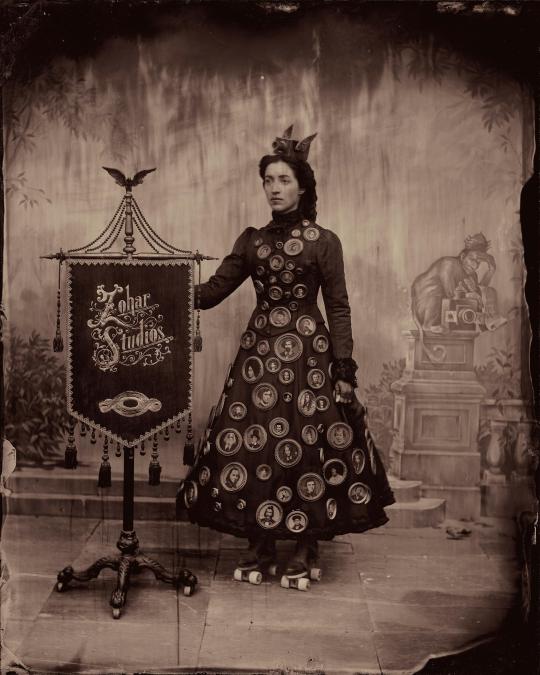#shimmel
Photo

#petridish #mold #shimmel #mypetridish #nährboden #naehrboden #moldscience #science #moldsymptoms #schimmelsymptome #schimmelratgeber #ivario #Gesundheit #health #airpollution #airpollutionawareness #lufttest #lufttestprogram #test #atem #atmen https://www.instagram.com/p/CnejiDZNyxs/?igshid=NGJjMDIxMWI=
#petridish#mold#shimmel#mypetridish#nährboden#naehrboden#moldscience#science#moldsymptoms#schimmelsymptome#schimmelratgeber#ivario#gesundheit#health#airpollution#airpollutionawareness#lufttest#lufttestprogram#test#atem#atmen
0 notes
Text

Virginia Wildlife; vol. 30, no. 11. November, 1969. Illustration by Albert Shimmel.
Internet Archive
472 notes
·
View notes
Text

📸 source: IG.
2 notes
·
View notes
Photo

Planting Daisies stitched by Bea Shimmel. Pattern designed by Silver Creek Samplers.
“I love this pattern too! Hot off the presses....”
3 notes
·
View notes
Text
anyone else remember that toilet paper ad where the little girl said it made her feel like a "shimmeling mermaid"
I know she meant shimmering but she said shimmeling and that reminds me of the cards against humanity card that aays the shambling corpse of Larry King
1 note
·
View note
Text
can we bring back shimmel shirts on guys please? as a treat??
0 notes
Text

Predicting the Past
Initially titled Predicting the Past: Experiments in Reverse-Prescience, in its early digital version, the catalog tells about how Shimmel Zohar was born in Zhidik, Lithuania, in 1822, and arrived in New York in 1857, and eventually established a photographic studio on two floors of 432 Pearl Street, on the Lower East Side, a neighborhood teeming with Jewish immigrants. About how he enjoyed some success but then suddenly abandoned his studio and hit the road, becoming an itinerant photographer touring America, perhaps in search of Flora, his former showgirl paramour — and, who knows, maybe even the roller-skate girl —, planning to return to New York within a year but then simply vanishing, never to be heard from again.
All true, apparently, except for the photos. In short, after a series of failed searches for Zohar’s material, Berkman had to give up and restage all his tableaus, “as a sort of tribute to Zohar Studios”, by following the Yiddish directions found in a notebook. It all began in the late ’90s, when Berkam and his wife Jeanine were visiting the Chelsea Flea Market, in New York, and came upon an ancient, dog-eared scrapbook, which they bought for $60.
Suddenly, arrested by one photo in those pages, a sort of theatrical cabinet card with a “loopily melodramatic image on the front,” Berkman started wondering where it might have come from — there was no credit on the back. Then, he found the notebook — “a big, thick ledger sort of thing, which consisted of a handwritten diary” — in the false bottom of a battered old Zohar’s trunk bought at the Elli Buk’s antiques emporium, down on Spring Street, in Soho.
The notebook was lost after the death of the man in charge of translating it from Yiddish, Feivel Finkel, an old friend of Berkman. But, fortunately, Feivel had described the tableaus… “So yeah,” Berkman said, “technically, the photos are actually mine. But we really don’t need to make a big thing out of that. As I say, I myself don’t want to get in the way.”
0 notes
Link
Check out this listing I just added to my Poshmark closet: ASICS chaser shimmel tank.
0 notes
Text
Isa Genzken and Magpieing
Carnivalesque isn’t just a moment, it can be a whole lifetime. Once you have a clear idea of your identity, living life in a world of day to day wearable art becomes a normality. Treating each day as a runway show becomes a right of passage, as a method of engagement with your pairs and with the ever changing audience that encroaches into your understanding. To discuss this idea further we can look at Isa Genzken’s approach, in her series I love Micheal Asher. By exhibiting some of her personal outfits, this work references the artist’s way of living and explores how objects and garments in your day-to-day life can exist with and as art. The I love Micheal Asher series creates a dominant connection to both her studio and life by adding objects that are found in her world. While these outfits and garments may appear quite unusual to most viewers, for Genzken it’s a way of allowing the audience to directly interact with her world. Whether it’s clothing, plinths, mannequins, or random objects she has lying around, the purpose of this practice is to create a form of authenticity. This is similar in my practice, the garments I place in the space act as a way of bringing the audience into my world, allowing them to build an idea of my fashion identity without me being in the space.
In Hauser Wirth & Schimmel, Los Angeles, 2016, Genzken wrote in large letters “Genzken was here.” scribing phrases like “SIENCE FICKTION” and “FUCK OUI” on postal scraps and material from her studio. This convention of ownership of her work translates into my practice. In a similar way to the seemingly random arrangement of clothing and materials in ‘I love Micheal Asher’ I draw connection to the collecting and collection process that adds authentication, and identity to the work. Within my install experiments this year there is the mashing of found and made objects. This mashing creates a birds nest effect of objects much like a magpie. The cultural truism of magpies finding shiny, pretty, things to collect can be compared to how both Gensken and I find interesting garments that add fun and joy to my everyday life. Interestingly the idea of ‘magpieing’ is quite prominent in a lot of her exhibitions.
In a review of the exhibit by Travis Diehl, the reviewer acknowledges that, “The setup doesn’t just mimic; nearly every object has been shipped from Genzken’s studio in Berlin, down to the ledge itself”. Genzken’s work as “imported”, and I see a direct correlation to the collected and found objects that I use in my work. The diversity of garments from all around the world that coexist with the space is a direct example of a fashion ‘magpies’ unbridled thirst to capture their next pretty object to add to their nest. The nest becomes a way of not just building an identity for the collector, but as a snapshot of the audience to understand the inner workings of the artist’s habits and interests.
0 notes
Video
youtube
SANDHI SHIMMEL GOLD - MI FAI VIVERE
Valentina Giovagnini
2 notes
·
View notes
Text
i miss all my utah friends
you have no idea how much your hugs, your laugh, and the sound of your voice mean to me
#personal#lonely night in germany#still like it hear#still super miss my friends#and my piano#holy cow i miss my piano#shimmel wo bist du#yes i'm speaking to the 3 of you that are on tumblr
2 notes
·
View notes
